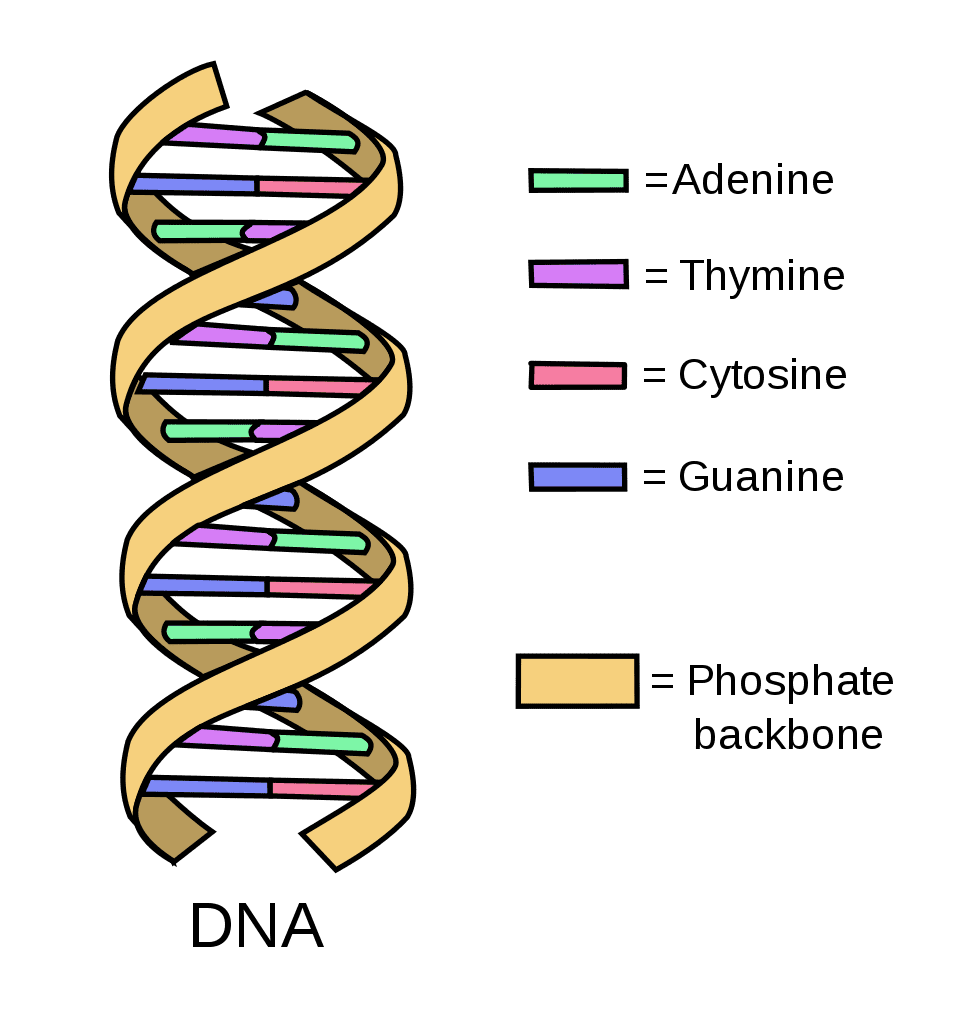
Introduction
Discovery of DNA Structure: Collaborative Genius
Impact on Genetic Research and Medicine
Case Study: Sickle Cell Anemia and DNA
Further Genetic Breakthroughs in the 1950s
Ethical and Social Implications
Integration of Historical Context and Ethical Considerations
Conclusion
References
Introduction
The 1950s heralded a significant era in genetics, chiefly marked by the groundbreaking discovery of the DNA double helix. This pivotal finding not only revolutionized our comprehension of genetic inheritance but also propelled numerous advancements in genetics and medicine. This paper aims to delve into the intricacies of the DNA structure discovery, its profound implications in the 1950s, subsequent developments, and the ethical considerations it spurred in the scientific community.
Discovery of DNA Structure: Collaborative Genius
The elucidation of the DNA structure was a monumental collaborative achievement, with pivotal contributions from James Watson, Francis Crick, and notably, Rosalind Franklin. Watson and Crick’s model, revealed in 1953, was crucial; however, Franklin’s X-ray diffraction data provided essential insights into the helical nature of DNA (Maddox, 2002). This collaboration, although marred by the controversy of Franklin’s overshadowed contributions, underscored the intertwined nature of scientific discoveries.
Impact on Genetic Research and Medicine
The revelation of the DNA structure had immediate transformative effects on genetic research, providing a molecular framework for Mendelian genetics. The era witnessed significant strides in understanding genetic mutations and their links to diseases, fundamentally altering medical genetics (Olby, 1974).
Case Study: Sickle Cell Anemia and DNA
A significant example of DNA’s impact was in understanding sickle cell anemia. Linus Pauling’s work demonstrated that the disease resulted from an abnormal hemoglobin mutation – a revelation made possible by the DNA structure knowledge (Pauling, 1949). This marked one of the first instances where a genetic disorder was comprehended at a molecular level.
Further Genetic Breakthroughs in the 1950s
The 1950s saw other significant genetic breakthroughs, such as the discovery of the chromosome number in humans (Tjio & Levan, 1956), which was foundational for future genetic studies. Additionally, the understanding of genetic coding and gene functions began to take shape, laying the groundwork for future research in gene therapy and genetic engineering.
Ethical and Social Implications
The discovery of DNA’s structure raised various ethical and social issues. The potential for genetic discrimination and the implications of genetic manipulation became prominent topics of debate. Historical instances, such as the early use of amniocentesis in the late 1950s, raised concerns about prenatal genetic testing and the ethical dilemmas surrounding it (Sulston & Ferry, 2002).
Integration of Historical Context and Ethical Considerations
The race to uncover the DNA structure in the 1950s was marked by intense scientific competition. However, the collaborative aspect, particularly the overlooked contributions of scientists like Rosalind Franklin, raises critical questions about recognition and ethics in research (Maddox, 2002). This issue highlights the need for ethical standards in scientific discovery and publication.
Conclusion
The discovery of the DNA double helix in the 1950s was more than a scientific triumph; it was a catalyst for a new era in genetics and medicine. It reshaped our understanding of life at a molecular level and raised important ethical considerations that resonate to this day. As we continue to explore the vast potential of genetic research, we carry with us the legacy of this discovery, constantly navigating the complex interplay between scientific advancement and ethical responsibility.
References
- Watson, J. D., & Crick, F. H. (1953). A Structure for Deoxyribose Nucleic Acid. Nature, 171(4356), 737-738.
- Maddox, B. (2002). Rosalind Franklin: The Dark Lady of DNA. HarperCollins.
- Olby, R. (1974). The Path to the Double Helix: The Discovery of DNA. Dover Publications.
- Pauling, L. (1949). Sickle Cell Anemia, a Molecular Disease. Science, 110(2865), 543-548.
- Tjio, J. H., & Levan, A. (1956). The chromosome number of man. Hereditas, 42(1-2), 1-6.
- Sulston, J., & Ferry, G. (2002). The Common Thread: A Story of Science, Politics, Ethics and the Human Genome. Bantam Books.